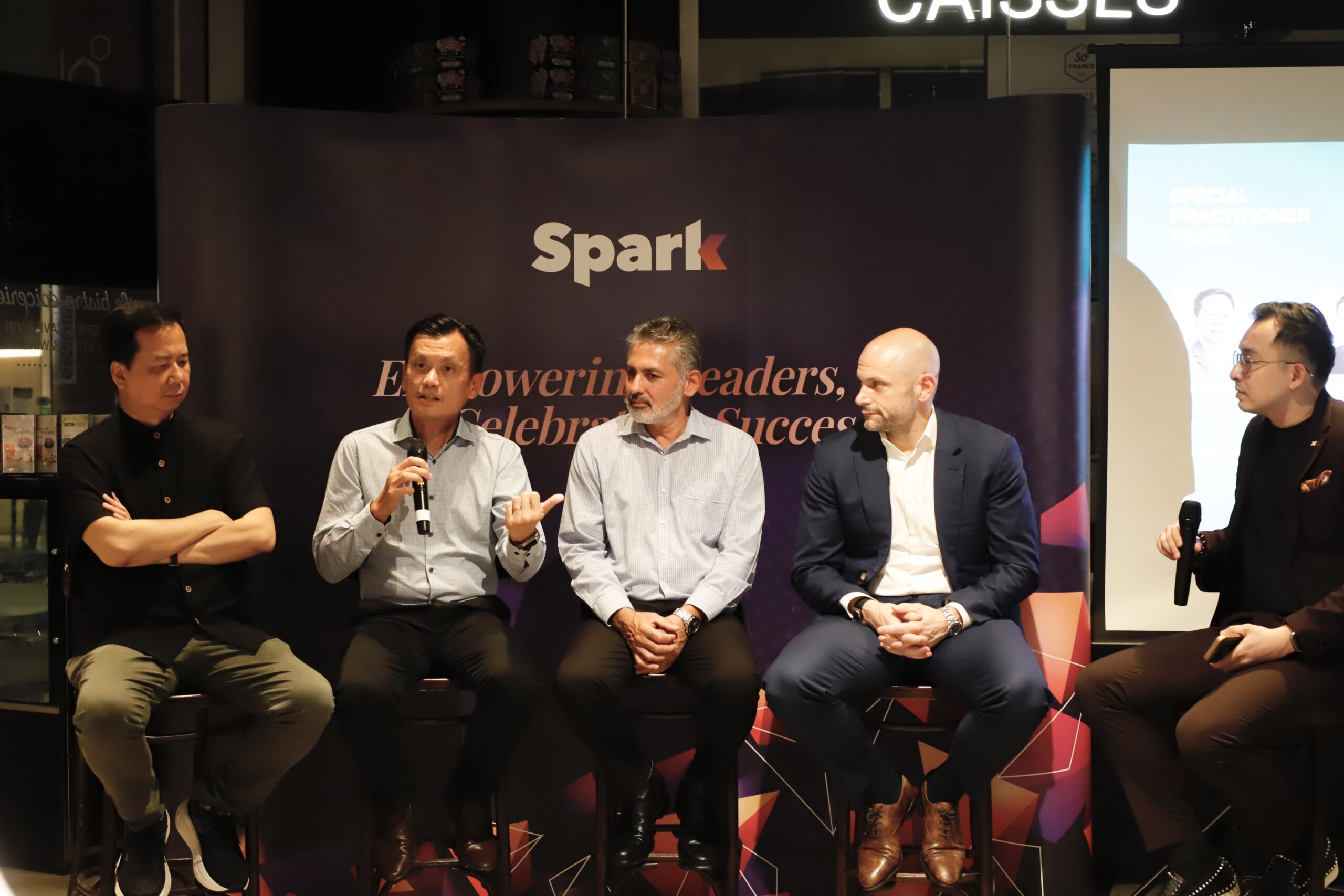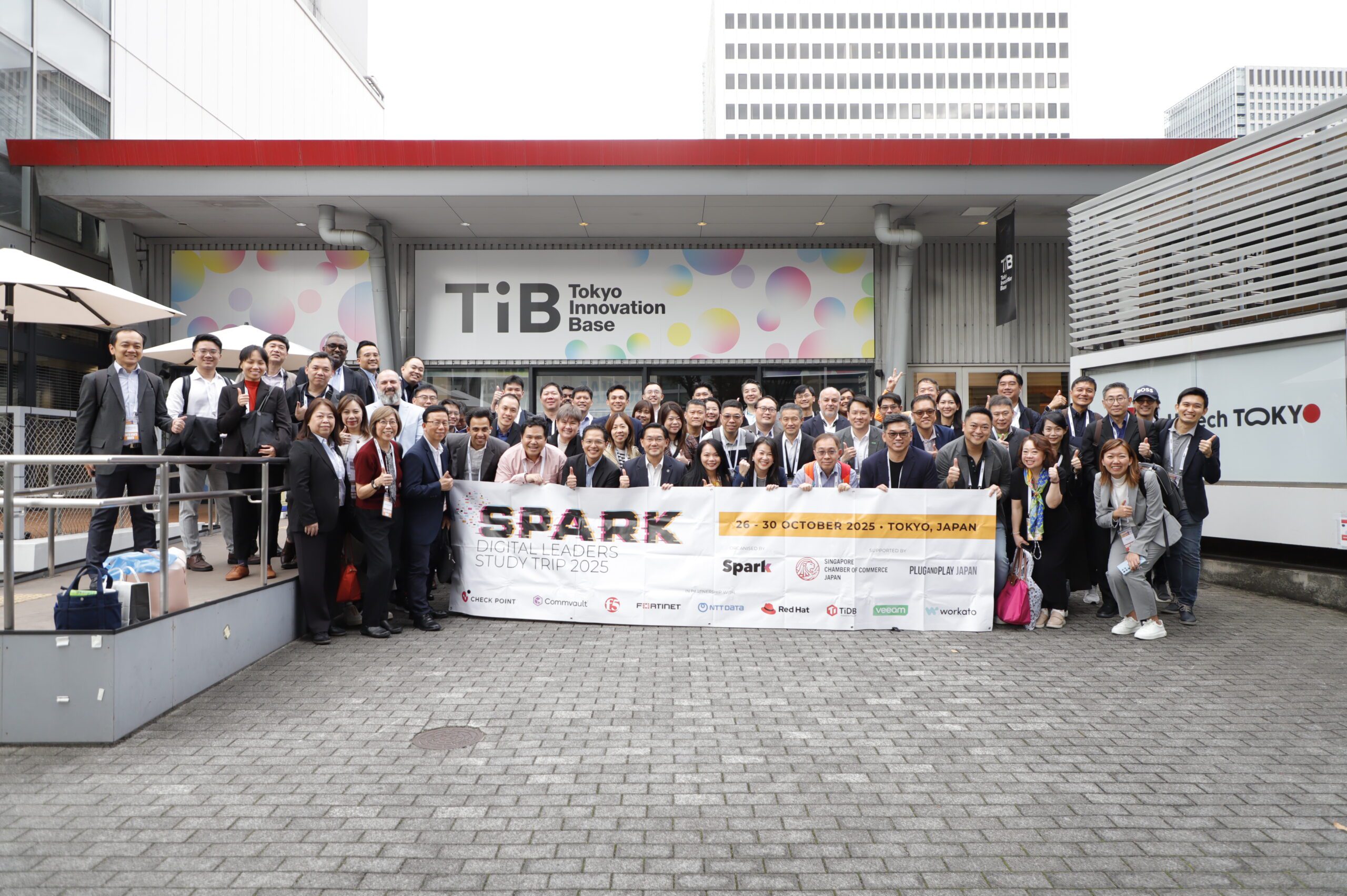Taking a closer view on data from the previous day’s high-level perspectives, panellists during the ConnectGov Leaders Summit held in Edinburgh, Scotland last July, shared in the subsequent session, turned to considerations of how their organisations perceive and handle data as a critical asset.
Key Takeaways
- At Singapore Exchange, Sigrid Rouam, Vice President, Head of Data Science and Visualization, shared that Data for internal purposes sit under the Technology division while market data is under a Market and Connectivity team that manages external relations. Data use is secured according to whether it is classified Public, Internal or Confidential – with each category having different levels of granularity and personalisation according to the users’ need to know.
- Chang Sau Sheong, CEO, SP Digital, SP Group shared that SP’s digital transformation focused on 3 dimensions, namely improving consumer engagement through an app that served ongoing insights on usage to influence consumption behaviours and drive more sustainable energy use; driving operational efficiency with analytics and AI applications to optimise resource usage and reduce costs, and enabling new energy business initiatives. The key challenge however concerned mindset change. This requires a change from am energy grid operator mindset to a creator or innovator mindset along with processes and ways of doing things.
- Surachai Chatchalermpun, CISO, Krung Thai Bank highlighted the importance of conducting risk assessment in accordance with industry frameworks and protocols, understand the threat landscape to plan their responses and recovery mechanisms, and plan for IT investments to fill any gaps pertaining to People, Process and Technology. He also stressed the importance of sharing and communication with top management to reinforce this.
- In reference to the Dark Web, Jack Wang, Regional Director, APJ, RSA, shared that they monitor what is going on and reflected how traditional security practices involving controls at points of data gathering, access, use and storage are increasingly under strain in a dynamic environment where data flows are pervasive and also increasingly valuable to hackers. He remarked that organisations mainly fall in 2 camps – those who know they have been hacked and those who don’t, but rather than give it, organisations need all the more to ensure controls are in place, make efforts to educate their people and have governance measures in place.







